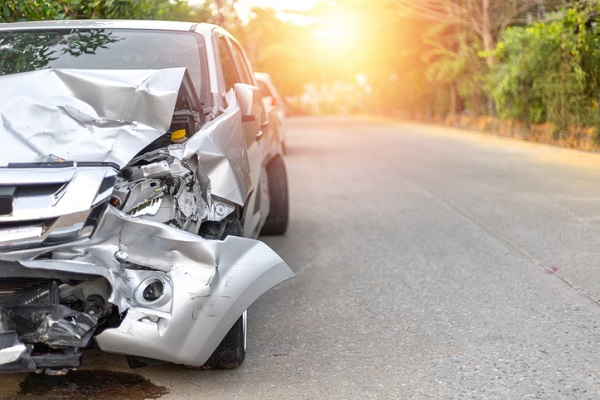What Students in Car Body Repair Courses Need to Know About Smart Cars and Collision Safety

Since the iconic smart car, the Smart ForTwo, first made its appearance in North America, car buyers have been a little sceptical about the car’s safety. The miniature, almost toy-like size of the vehicle makes the car seem like a vulnerable target on roads and highways. But while a car the size of the ForTwo will never fairly compare to the safety of larger and bulkier vehicles, it does have pretty impressive safety ratings, specs, and features.
From the beginning, the ForTwo was designed with safety as a top priority. Each vehicle generation underwent intensive crash-testing, and oftentimes, vehicles were tested more than the required amount to ensure that they would be safe on roads.
If you’re considering a career as an auto body technician, read on to learn more about the safety of the Smart ForTwo.
Grads of Auto Body Repair Courses May Know the Smart Car’s Safety Rating
The 2017 Smart ForTwo received fairly impressive safety ratings from the National Highway Traffic Safety Administration (NHTSA). The NHTSA conducts simulated crashes to see how vehicles hold up in the event of a collision. As you might know after your car body repair courses, the ratings are based on a scale ranging from one to five stars.
For the frontal crash tests, the ForTwo received a rating of four stars for overall front collision safety. For side crashes, the ForTwo received a perfect five star rating. And for rollover, the ForTwo received four stars.
The Insurance Institute of Highway Safety, Highway Loss Data Institute (IIHS-HLDI) also put the ForTwo to the test. During a crash test which sends the vehicle into a two-foot tall barrier, the ForTwo performed well and received the rating of “good”. It also received a good rating for its side collision tests.
Auto Body Repair Technicians Know the ForTwo’s Tridian Cell Helps Keep Drivers Safe
So, what’s responsible for the ForTwo’s good safety ratings? Professionals with auto body technician careers would agree that it’s probably due to the vehicle’s unique Tridion Cell structure. A concept Smart has been using since releasing its first model.
The Tridion Cell configuration is a made of reinforced steel, and forms the basis of the structure of the car. In fact, you can even see the cell’s sides due to the ForTwo’s iconic duo-coloured design. In areas that need extra support during a crash, the Tridion has extra steel. The Tridion works similarly to the way a crash helmet does. It redirects the impact from the interior of the vehicle to the outside, which helps to keep passengers safe and unharmed. It also works to disperse the force of an impact over the entire frame, instead of bearing the brunt of the impact all in one spot.
Auto Body Repair Technicians May Know About These Smart Car Safety Features
In addition to the ForTwo’s Tridion Cell, it has other safety features that could help prevent or mitigate a collision. The 2016 model came equipped with eight different airbags. The vehicle also had a set of safety features including anti-lock brakes, electronic traction control, and stability control that are now seen as customary for all vehicles.
However, due to the ForTwo’s light weight, it needed another more unusual safety feature: Crosswind Assist. Crosswind Assist helps to stabilize the vehicle if it’s about to be pushed out of its lane by gusty winds. Newer 2017 models also come equipped with a backup rear-view camera if the buyer opted for a model outfitted with an infotainment system. With all of these safety features, Smart car owners can rest assured that they’ll be safe hands, no matter how small their vehicle might be.
Do you want to become an auto body repair technician?
Contact Automotive Training Centres to get started!

